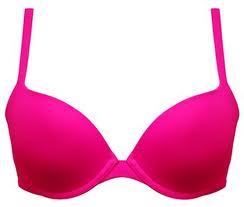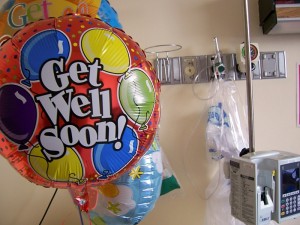 The below question is answered by Charleston breast surgeon, Dr. Richard M. Kline, Jr. of The Center for Natural Breast Reconstruction:
The below question is answered by Charleston breast surgeon, Dr. Richard M. Kline, Jr. of The Center for Natural Breast Reconstruction:
Is there anything you do to diminish the scars resulting from all of the reconstruction processes?
Generally speaking the quality of the scar is not affected by the surgeon’s technique, and is unfortunately completely dependent upon the patient’s biochemistry. Having said that, there are some scar patterns, which are more favorable than others, in terms of allowing patients to wear different styles and types of garments without displaying scars. In a best case scenario, every patient would have a nipple sparing mastectomy where scars readily conceal beneath most swimsuits, although this is unfortunately not possible. The next best scenario is to have skin sparing mastectomies with a nipple reconstruction, which can still result in a scar pattern which can be readily hidden under most swim wear and in most types of clothing.
More Information on Scarless Mastectomy/Hidden Scar Mastectomy Procedures
Advances in microsurgery and breast surgery allow us to perform mastectomy with hidden scars as in a breast lift or augmentation, without leaving scars on the breast skin. Patients who are candidates for this surgery preserve their breast skin – including the nipple and areola.
This technique begins with an incision under the arm, under the breast fold, around the nipple or down the bottom of the breast below the bra line. Reconstruction involves using a one of the perforator flap techniques (DIEP, SIEA or GAP), with the relocated tissue filling in and shaping the breast.
Share this post with your followers on Twitter. And if you have a question for our breast surgeons, please submit them here!













